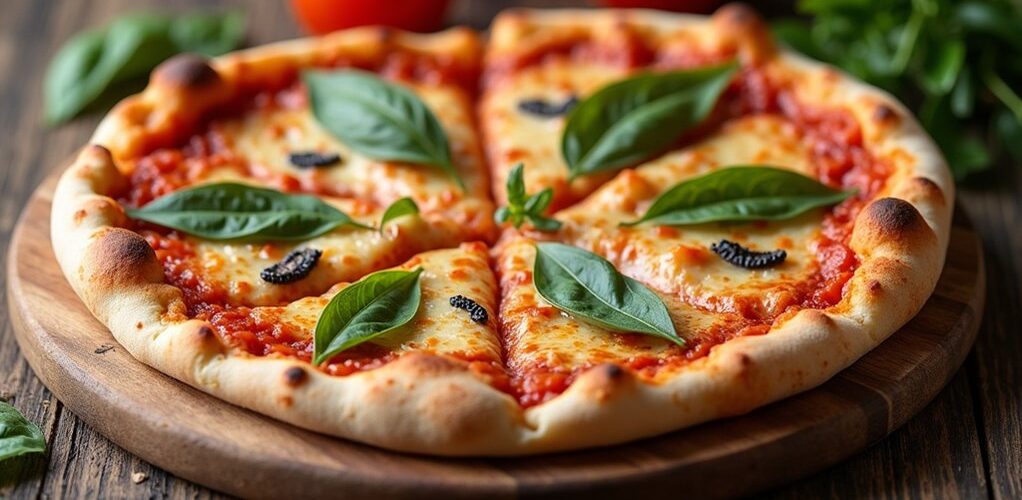
Gluten-free pizza is not automatically low in carbohydrates, as many gluten-free crusts contain alternative flours and starches that can have higher carb content than traditional wheat crusts. While options like cauliflower crust (32g carbs) and chicken-based crusts (virtually zero carbs) exist, common ingredients such as potato flour, rice flour, and tapioca starch can greatly increase carbohydrate levels. Careful attention to ingredient labels and crust alternatives helps consumers make informed dietary choices, with numerous low-carb possibilities available for exploration.
Key Takeaways
- Gluten-free pizza is not automatically low-carb, as many alternative flours like rice and potato contain higher carbohydrates than wheat.
- Cauliflower crusts contain moderate carbs (32g), while chicken-based crusts offer virtually zero carbs for those seeking low-carb options.
- Hidden carbohydrate sources in gluten-free pizzas include binding agents, pizza sauces with added sugars, and starchy ingredients.
- Lo-Dough bases (2.2g carbs) and chicken-based crusts are the lowest-carb gluten-free options currently available.
- Check nutritional labels carefully, as gluten-free pizza carb content varies significantly between different brands and ingredient combinations.
Understanding the Gluten-Free Pizza Basics
When exploring gluten-free pizza options, it's essential to understand that not all gluten-free crusts are created equal regarding their carbohydrate content.
While traditional wheat-based crusts are replaced with alternative ingredients in gluten-free pizzas, the carbohydrate levels can vary markedly depending on the base ingredients used.
For those seeking low carb alternatives, the choice of crust material becomes vital.
Cauliflower-based crusts contain approximately 32 grams of carbohydrates, while innovative options like chicken-based crusts offer virtually no carbs.
Some gluten-free alternatives, particularly those made with potato or rice flour, may actually contain higher carbohydrate levels than conventional wheat crusts.
Understanding these variations helps consumers make informed decisions based on their specific dietary requirements and health objectives.
Common Ingredients in Gluten-Free Pizza Crusts
Gluten-free pizza crusts incorporate a diverse array of alternative ingredients to replicate the texture and functionality of traditional wheat flour. Common base ingredients include rice flour, almond flour, and chickpea flour, each contributing distinct nutritional profiles to the final product.
Innovative gluten-free flours create pizza crusts that mirror wheat-based textures while offering unique nutritional benefits through diverse ingredient combinations.
Many manufacturers also add potato and tapioca starch to improve texture and binding properties, though these additions can substantially increase the carbohydrate content.
For those seeking lower-carb alternatives, vegetable-based pizza crusts, particularly those made from cauliflower, have gained popularity in the gluten-free market. These options typically contain fewer carbohydrates, though their exact content varies by recipe.
The emergence of chicken-based crusts presents a zero-carbohydrate option for those following strict low-carb diets while maintaining gluten-free status.
Breaking Down the Carbohydrate Content
Understanding the carbohydrate content of gluten-free pizzas requires careful analysis of both crust ingredients and preparation methods. While many assume gluten-free automatically means low-carb pizza, the reality varies considerably based on the ingredients used.
Key factors affecting carbohydrate levels include:
- Base ingredients: Potato-based crusts contain high carbohydrates, while chicken-based crusts offer virtually none.
- Alternative flours: Some gluten-free flour blends can exceed the carbohydrate content of traditional wheat crusts.
- Preparation method: Processing techniques can concentrate carbohydrates in certain ingredients.
- Toppings selection: Choose low-carb toppings to maintain a reduced carbohydrate profile.
For those seeking a truly low-carb option, cauliflower crusts provide a moderate carbohydrate content of approximately 32 grams, while innovative alternatives like chicken-based crusts offer the lowest carbohydrate options. It's important to note that dairy products provide low-carb, high-fat protein sources that can complement a gluten-free and low-carb pizza without adding significant carbohydrates.
Hidden Sources of Carbs in Gluten-Free Pizzas
Despite their perceived health benefits, many gluten-free pizzas harbor unexpected sources of carbohydrates that can greatly impact blood sugar levels and dietary goals.
Common gluten-free pizza recipes often rely on alternative flours like potato and tapioca starch, which can contain significant carbohydrate content, sometimes exceeding that of traditional wheat-based crusts.
While marketed as healthier alternatives, gluten-free pizza crusts made with potato and tapioca flour can pack more carbs than wheat-based versions.
Even seemingly healthier options like cauliflower crusts may include binding agents and cheese that increase the carb count to around 32 grams per serving.
Pizza sauce presents another hidden source of carbs in gluten-free options, as manufacturers frequently add sugars to enhance flavor.
Rice flour-based crusts, though popular in gluten-free preparations, can actually contribute more carbohydrates than conventional wheat alternatives.
Understanding these hidden sources of carbs requires careful label reading and attention to ingredient lists. Reading nutrition labels is crucial for identifying hidden sugars in gluten-free pizzas, which can impact net carbohydrate intake and ketosis.
Best Low-Carb Gluten-Free Pizza Base Options
When seeking to maintain a low-carb lifestyle while following a gluten-free diet, several innovative pizza base alternatives offer satisfying solutions.
For those managing carbohydrate intake, specific gluten-free pizza options stand out for their notably low carb content.
- Lo-Dough bases contain just 2.2g of carbs per base, making them ideal for low-carb diets.
- Chicken-based crusts from providers like ZeroCarb LYFE offer zero carbohydrates while providing protein.
- Almond flour and coconut flour bases provide lower carbohydrate alternatives to traditional crusts.
- Cauliflower crusts, while higher in carbs at 32g, still offer a considerable reduction compared to conventional options.
Starchy vegetables like potatoes have a high carb content, so opting for low-carb, gluten-free bases can help maintain ketosis. When selecting gluten-free pizza bases, careful attention to nutritional labels remains essential, as carbohydrate content can vary greatly between products and manufacturers.
Making Smart Topping Choices for Lower Carbs
Making smart topping selections for gluten-free pizza greatly impacts the overall carbohydrate content of the final dish. When choosing toppings for a low-carb gluten-free pizza, prioritize protein-rich options like grilled chicken or turkey while incorporating nutrient-dense vegetables such as spinach, bell peppers, and mushrooms. Careful consideration of cheese and sauce choices further enhances carb control. It's important to note that lower blood glucose levels can be achieved by choosing toppings that align with ketogenic principles, such as healthy fats and non-starchy vegetables.
| Smart Choices | High-Carb Alternatives to Avoid |
|---|---|
| Grilled Chicken | Processed Meats |
| Spinach & Peppers | Corn & Potatoes |
| Mozzarella/Feta | Cheese Blends with Fillers |
| Sugar-Free Tomato Sauce | Sugary Sauces |
| Fresh Herbs | Starchy Vegetables |
Selecting appropriate toppings requires attention to both protein content and carbohydrate levels, ensuring the final pizza remains both satisfying and aligned with low-carb dietary goals.
Nutritional Comparison With Traditional Pizza
While traditional wheat-based pizzas typically contain 35-40 grams of carbohydrates per slice, gluten-free alternatives can range dramatically from 30-50 grams depending on the base ingredients used.
The protein-to-carbohydrate ratio often favors traditional pizzas, as many gluten-free alternatives rely on starchy substitutes like potato or rice flour that increase carb content while reducing protein levels.
Common gluten-free ingredients such as tapioca starch, cornstarch, and various grain-free flours can actually contribute more hidden carbohydrates than regular wheat flour, making carb counting particularly important for those monitoring their intake.
Carb Content Breakdown Comparison
Many gluten-free pizzas carry a surprisingly high carbohydrate content, often exceeding that of traditional wheat-based crusts due to their reliance on starchy alternatives like potato and tapioca flour.
Understanding the carb content variations among different crust options helps consumers make informed choices based on their dietary needs.
Common carb content comparisons for pizza crusts (per serving):
- Traditional wheat-based crust: Lower carb content than many gluten-free alternatives
- Cauliflower crust: Approximately 32 grams of carbohydrates
- Potato/tapioca-based gluten-free crust: Highest carb content among options
- Chicken-based crust: Zero carbohydrates, ideal for strict low-carb diets
When evaluating gluten-free pizza options, it's essential to take into account both the crust ingredients and toppings, as these elements considerably impact the overall carbohydrate profile of the final dish.
Protein Vs Carb Ratios
The nutritional composition of gluten-free pizzas reveals considerable variations in protein-to-carbohydrate ratios when compared to traditional wheat-based pizzas.
While conventional wheat crusts typically maintain a consistent protein-to-carb ratio, gluten-free options demonstrate substantial diversity based on their base ingredients.
Alternative crusts made from almond flour or chicken provide remarkably higher protein content while reducing overall carbohydrates, making them suitable for those seeking better macronutrient balance.
However, certain gluten-free options, particularly those made with potato-based ingredients, can actually contain more carbohydrates than traditional pizzas.
Understanding these variations is essential for individuals monitoring their nutritional intake, as the protein-to-carb ratio considerably impacts the overall healthfulness and dietary compatibility of different pizza options.
Hidden Carb Sources
Understanding where carbohydrates hide in gluten-free pizzas requires careful examination of both primary and secondary ingredients that greatly impact the overall nutritional profile.
While many consumers assume gluten-free options are inherently lower in carbs, several hidden carb sources can contribute considerably to the total count.
Common hidden carb sources in gluten-free pizza include:
- Alternative flours like potato and rice, which often contain more carbohydrates than traditional wheat flour
- Added sugars and starches used as binding agents in the crust
- Pizza sauce formulations that may contain added sugars or thickeners
- Vegetable toppings that naturally contain carbohydrates, particularly onions and tomatoes
When evaluating the carbohydrate content of gluten-free pizza, it's essential to assess each component individually, as seemingly minor ingredients can substantially increase the overall carb count.
Tips for Ordering Gluten-Free Pizza When Dining Out
When ordering gluten-free pizza at restaurants, customers should first verify that the establishment maintains separate preparation areas and dedicated tools for gluten-free items to prevent cross-contamination.
Diners should ask detailed questions about the ingredients used in both the crust and toppings, ensuring each component meets their dietary requirements and restrictions.
It's essential to communicate clearly with staff about the importance of proper handling procedures, including the use of clean cutting tools and fresh gloves during preparation.
Cross-Contamination Prevention Tips
Dining out safely with gluten sensitivities requires careful attention to cross-contamination risks, particularly when ordering gluten-free pizza at restaurants. For individuals with celiac disease, even trace amounts of gluten can trigger adverse reactions, making proper prevention measures crucial.
To minimize cross-contamination risks when ordering gluten-free pizza:
- Request detailed information about the restaurant's gluten-free preparation protocols.
- Verify that separate cooking surfaces and utensils are used exclusively for gluten-free items.
- Confirm whether dedicated ovens or racks are available for gluten-free pizzas.
- Ascertain staff members change gloves and follow proper sanitation procedures.
These precautions help maintain the integrity of gluten-free dishes and protect those with gluten sensitivities from accidental exposure while dining out.
Safe Ingredient Verification Steps
Safely ordering gluten-free pizza requires diligent ingredient verification to protect those with celiac disease and gluten sensitivities. When ordering, customers should first inquire about the specific ingredients used in the pizza crust, including any starches or additives that might contain hidden gluten sources.
A thorough verification process includes checking the preparation area to confirm the gluten-free pizza is made in a dedicated space, preventing cross-contamination.
Diners should request detailed information about all components, including toppings, sauces, and seasonings, as these elements may contain unexpected gluten-based ingredients.
Additionally, asking for nutritional information helps verify the carbohydrate content, as gluten-free crusts made with alternative flours like potato or rice can still be high in carbs.
Recipe Ideas for Low-Carb Gluten-Free Pizza at Home
Creating delicious low-carb gluten-free pizza at home opens up a world of possibilities for health-conscious food enthusiasts.
Discover endless culinary possibilities by crafting mouth-watering low-carb gluten-free pizzas that satisfy both health goals and taste buds.
With innovative alternatives to traditional pizza crust, home cooks can experiment with various bases while maintaining dietary restrictions. The key is selecting ingredients that provide structure without adding excess carbohydrates.
- Cauliflower crust base with approximately 32g of carbs per serving, topped with fresh vegetables and cheese
- Lo-Dough base featuring only 2.2g of carbs, perfect for customizing with low-carb toppings
- Flourless egg and cheese base, naturally gluten-free and minimal in carbohydrates
- Zucchini or chicken-based crust alternatives for ultra-low-carb options
When preparing low-carb gluten-free pizza, careful attention to topping selection guarantees the final product remains within desired carbohydrate limits while maintaining flavor and satisfaction. Zucchini noodles and spaghetti squash are also excellent low-carb options that can inspire creative pizza crusts.
Frequently Asked Questions
Is Gluten Free Pizza Good for a Low-Carb Diet?
Gluten-free pizza isn't automatically low-carb, as many gluten alternatives contain high carbohydrates. Selecting cauliflower crusts, chicken-based options, or focusing on low-carb pizza toppings provides better choices for carb-conscious diets.
Is Gluten-Free Better for Low-Carb?
Gluten alternatives are not inherently lower in carb content. Many gluten-free products actually contain high amounts of carbohydrates from alternative ingredients like rice flour or potato starch.
Is Gluten Free Pizza Healthy?
Gluten-free pizza's healthiness depends entirely on ingredient quality and preparation methods. The nutritional benefits vary considerably between different crust alternatives and toppings, making some options healthier than others.
How Many Carbs Does a Gluten Free Pizza Have?
Carb content in gluten-free pizza varies based on different gluten alternatives used. Potato-based crusts can be high-carb, while cauliflower crusts contain around 32 grams per serving. Chicken crusts offer virtually zero carbs.
Conclusion
While gluten-free pizza isn't inherently low-carb, mindful choices can greatly reduce carbohydrate content. Selecting crusts made from cauliflower, almond flour, or other low-carb alternatives, combined with careful attention to toppings and portion sizes, can create a satisfying pizza experience that fits both gluten-free and low-carb dietary needs. Whether dining out or preparing pizza at home, understanding ingredients and making informed decisions helps maintain nutritional goals without sacrificing flavor.
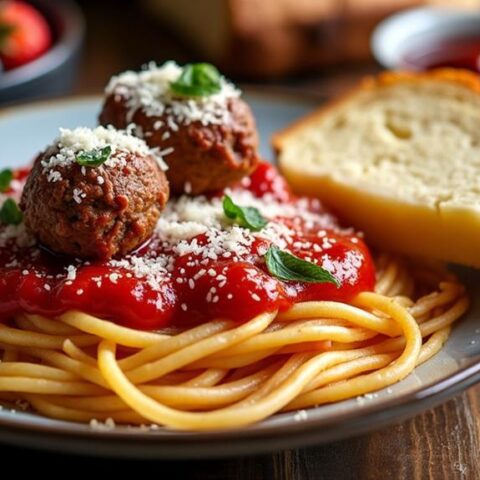
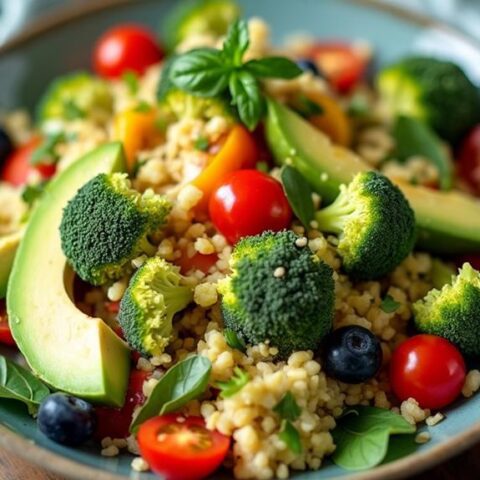

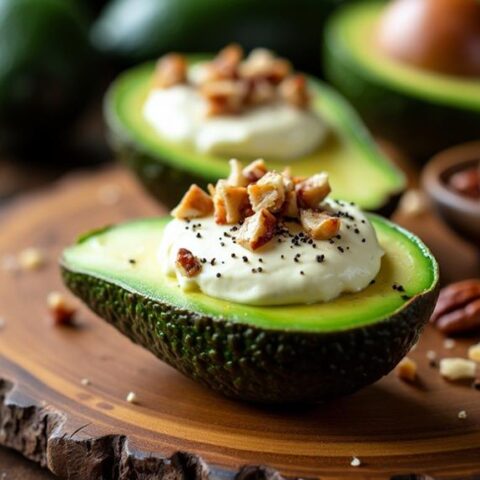
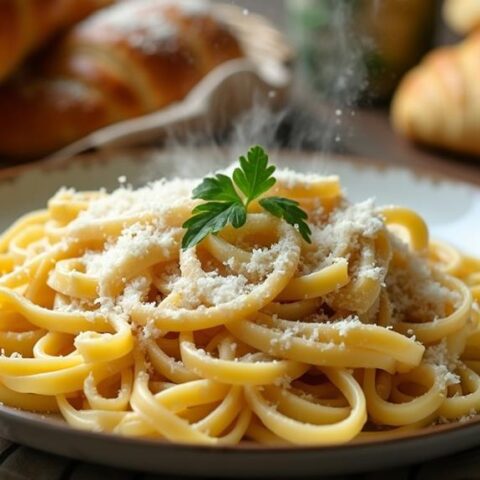

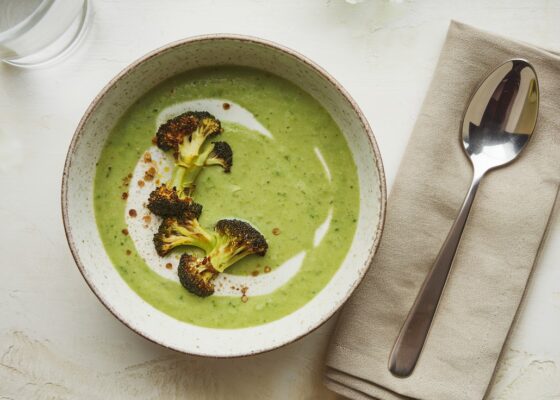

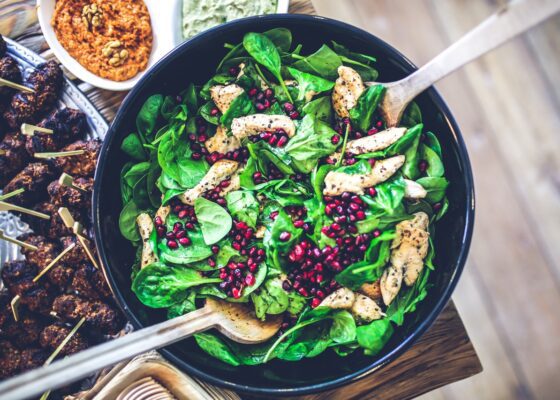

No Comments